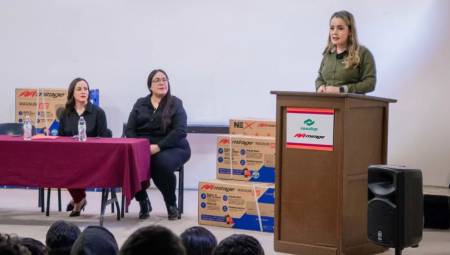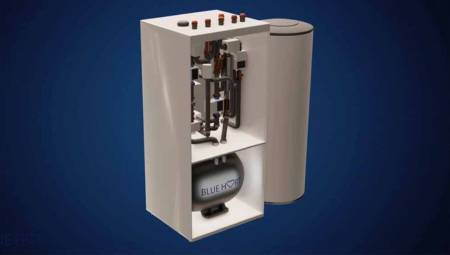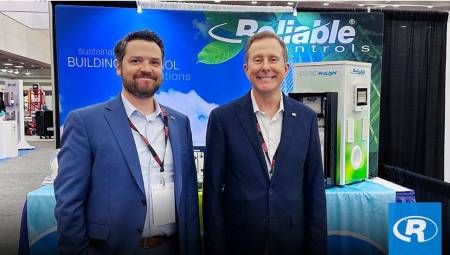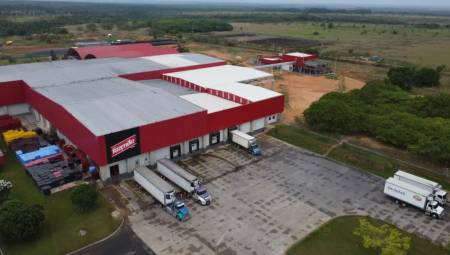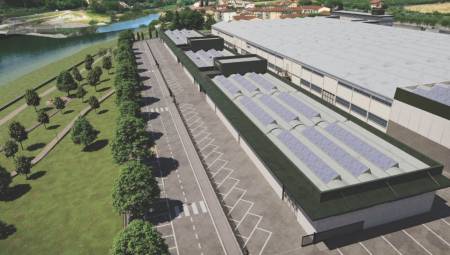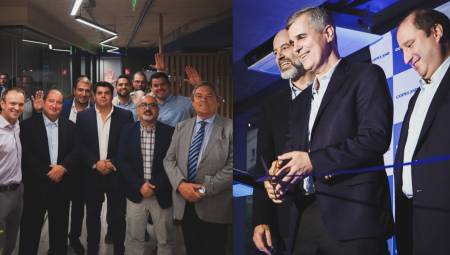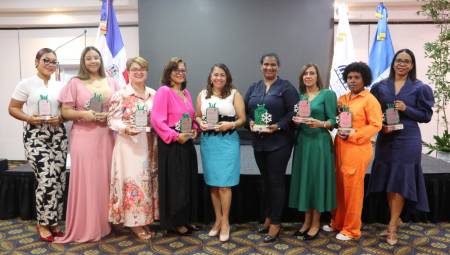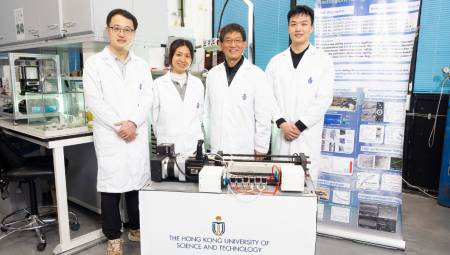 We present a series of technological proposals in the face of the current challenges in the assurance of the Cold Chain.
We present a series of technological proposals in the face of the current challenges in the assurance of the Cold Chain.
by Eng. Carlos Obella*
Today more than ever the reduction of losses and waste, in addition to the preservation of the quality of food along the cold chain has become extremely important, and constitutes what we could call a noble cause for those companies that are able to make technological contributions that contribute positively to this purpose.
What do we know so far about food losses in Latin America?
Our region is home to approximately 9% of the planet's population, and statistically wastes 20% of the food produced in the world. We are talking about up to 127 million tons of food that is lost per year. This is equivalent to the daily waste of 348 thousand tons of edible products per day. Which in turn represents 223 kilograms of wasted food per capita per year, out of the total population of our Region.
Fig. 1 – Credit: http://www.fao.org/food-loss-and-food-waste/es/

These are more than chilling figures that come from the Food and Agriculture Organization of the United Nations (Fig. 1), especially if we take into account that almost 43 million people suffer from hunger in Latin America and the Caribbean, which represents more than 7% of the total population of our Region.
On the other hand, the carbon footprint that food waste represents globally is enormous, to the point that, if organic garbage from food products were considered as a country in itself, this would be the third largest emitter of greenhouse gases, behind China and the United States.
The impact of organic waste is not only environmental but social. Almost 50% of the garbage that accumulates in the open in spaces near densely populated areas is organic, which generates the immense risk of generating infectious diseases, pests or bacteriological contamination (Fig. 2).
 Fig. 2
Fig. 2
Transforming food waste into a clean, renewable energy source is possible. Both the technology applied to domestic and commercial devices for the shredding of organic waste, as well as the infrastructure for the storage of waste, its subsequent collection, transport and final disposal in anaerobic digesters already exist, although they are not yet widely disseminated and properly developed in Latin America (see Fig. 3 and 4).
Fig. 3

Fig. 4

Active technological solutions from beginning to end of the Cold Chain ensure good quality and preservation of food:
Approximately 90% of the loss of food products in our Region takes place at some point along the so-called cold chain, so the great challenge is to preserve the quality of food from agricultural production, through processing, storage, and wholesale distribution to retail stores, reaching the table of the final consumer.
It should be noted that, among each of the links in the chain, there is the transport of food, a key piece in the assurance of its quality and its preservation (see Fig. 5).
Fig. 5

The quality and preservation of food also puts enormous pressure on precious resources indispensable for life on our planet, such as water used for irrigation, among others.
This if we consider that farmers are forced to produce up to 30% more than they should, just to compensate for what is lost due to deterioration during the harvest and the later and initial stages of its processing. Other production expands deforestation and boosts the use of fertilizers and transgenic crops (see Fig. 6).
Fig. 6

Poor quality of food storage, transport and handling also impacts human health, and can lead to serious mass infections and poisoning (see Fig. 7).
Fig. 7

The quality of the final product has an economic impact on the retail trade, in the face of possible lawsuits for poisoning, in addition to the expenses caused by storing and selling food near the end of its life cycle.
It should be noted that the food retail business is rapidly evolving towards e-commerce, which now allows various ways to order and receive food in a faster, more effective and efficient way. This forces retail suppliers to think differently about their business and how to maintain the highest standards of safety and quality throughout the entire food supply chain, in order to meet the evolving expectations of today's consumers (Fig.8).
Fig. 8.

The mission of the industrial and commercial refrigeration industry is to provide technological solutions applicable to the cold chain, to guarantee safer and better quality food.
With that same purpose, Emerson has built over the last 20 years with a wide portfolio of technological solutions active in the preservation of the cold chain, ranging from compressors, units, and components, to the most sophisticated intelligent wireless electronic devices, applied in systems based on the so-called "Internet of Things", for the storage and management of useful information in the "Cloud", which allows to improve the visibility and safety of food along the entire supply chain at a global level (Fig. 9).

Fig. 9.
Conclusions
The loss and waste of food products generates tremendous social, economic and environmental impacts that can be avoided through existing technological solutions, applicable to all stages and links of the cold chain.
Our industry now plays a fundamental role, guided by noble purposes and causes, for the benefit of the planet, health, and the well-being of humanity.
* Carlos C. Obella | VP Engineering Services and Product Management | Latin America
Emerson Commercial & Residential Solutions
1300 Concord Terrace | Sunrise | FL | | 33323 USED
T 1 954 846 5072 | M 1 305 318 3485
[email protected]



